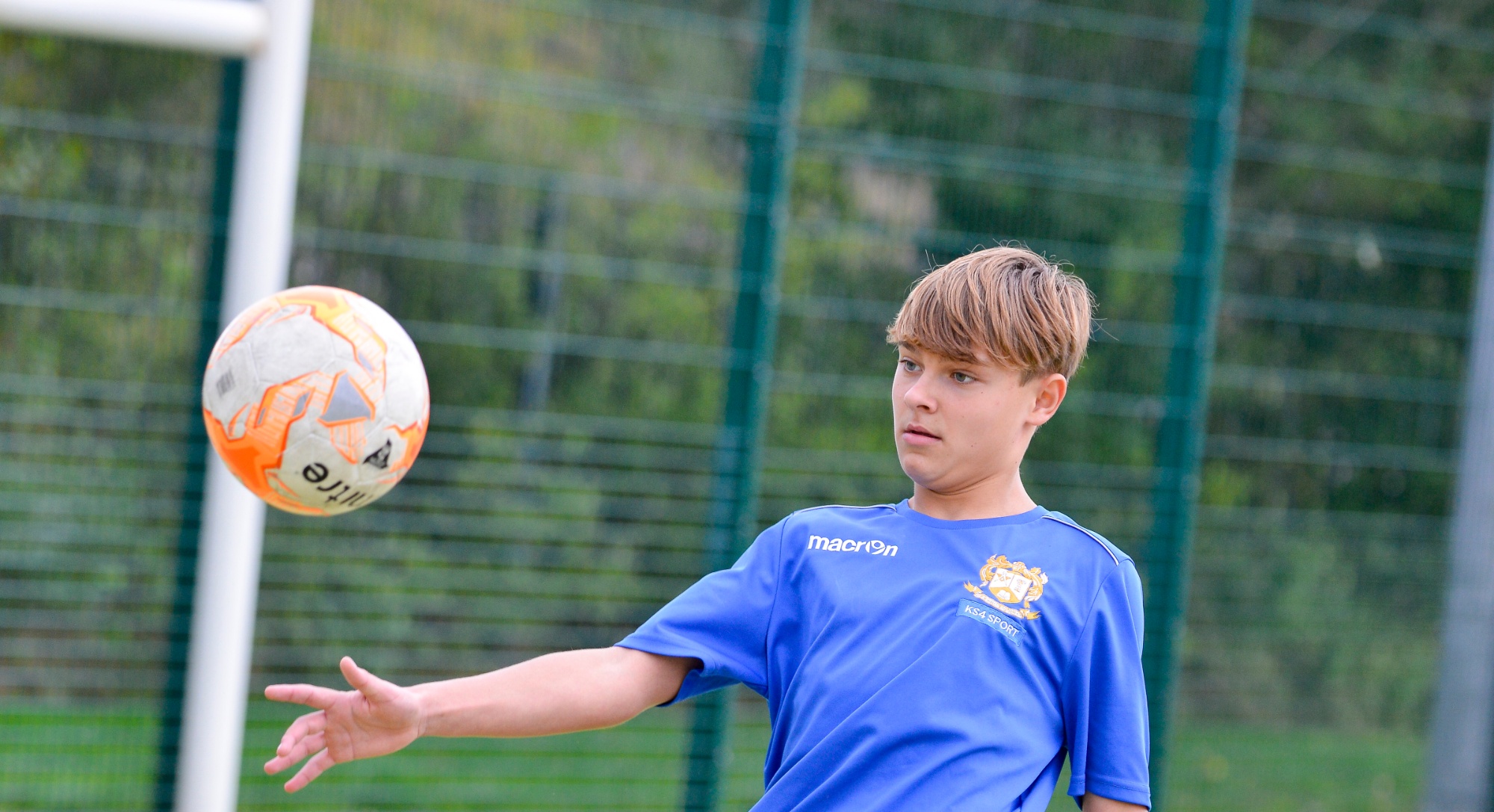- Recap - accurately answers formative assessment on previous learnt information during lessons
- Recap - Football playing rules and regulations such as offside rule, advantage play, direct vs indirect free kicks and technical movements in football (e.g. inside/outside foot pass, chip pass, volley, heading, defensive tackle techniques).
- Recap - Football pitch regulations such as penalty area, goal area, center circle, technical area and referee positioning for key moments (kick-offs, free-kicks, corners).
- Recap - Football free-kick rules and causes (e.g. handball, pushing, tripping, tactical fouls, professional fouls, cautionable offenses, sending off offenses)
- Recap - Volleyball playing rules and regulations such as three-touch limit, rotation system, substitution rules and technical movements in volleyball (e.g. dig, set, spike, block, overhand serve).
- Recap - Volleyball court regulations such as boundary lines, service area, attack line, net height, antenna positioning, and rotation positions for both teams.
- Recap - Volleyball point scoring rules and causes (e.g. ball handling faults, net touches, service errors, rotation faults, delay of game, back row attack violations)
- Recap - Handball playing rules and regulations such as three-step rule, dribbling limitations, goal area restrictions and technical movements in handball (e.g. jump shot, dive shot, hip shot, feint movements, 1v1 defensive techniques).
- Recap - Handball court regulations such as goal area (6m), free-throw line (9m), substitution areas, penalty mark (7m), and center line responsibilities.
- Recap - Handball techniques, associated rules and causes (e.g. offensive fouls, defensive fouls, goalkeeping restrictions, passive play, 7-meter penalties, 2-minute suspensions)
- Recap - Disciplinary literacy: aerobic endurance, agility, skill types (open, closed, simple, complex) positioning, evaluation.
|
- Head – can demonstrate good tactical awareness of developing space using good techniques
- Head – can apply most rules and regulations of the sports within pressured scenarios
- Execute – complex movement and techniques within pressured scenarios
- Execute – complex send and receive techniques within pressured scenarios
- Execute – Complex sport specific techniques (e.g. tackling, passing, shooting, dribbling, layup, overhead clear, serves, dropshot, smash etc.) within pressured scenarios
- Activity – can demonstrate power, speed, muscular strength, balance, muscular endurance (e.g. jumping, dribbling, throwing, passing, shooting, hitting)
- Activity – can demonstrate aerobic endurance (e.g. maintain performance intensity over time)
- Activity – can demonstrate actively engaging in team sports
- TRACK – can demonstrate school TRACK value of teamwork
- TRACK – can demonstrate school TRACK value of respect
- TRACK – can demonstrate school TRACK value of ambition
- TRACK – can demonstrate school TRACK value of community (involved in lesson, extra-curricular sport, club or school teams)
|












